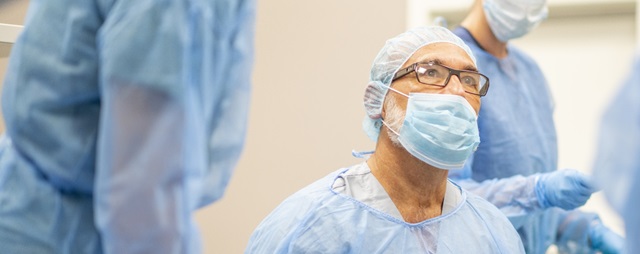Children's Health
Children’s Memorial Hermann Hospital is focused on the personalized needs of women and children with an emphasis on quality, education, outcomes, customer service and advanced research.

Podcasts
A New Approach to Pediatric Facial Reanimation Evaluation and Treatment
Dr. Phuong D. Nguyen discuses facial reanimation surgical options evaluated with a new, algorithmic…
Defining Excellence – What makes a Fetal Center?
The emergence of new fetal procedures has led to a proliferation of programs using the designation…
Landmark TOTAL Trial Results Published
After a decade of work, the Tracheal Occlusion To Accelerate Lung Growth (TOTAL) Trial was…
Articles
A Deeper Dive: An Innovative, Patient-Centered Approach to Pediatric…
Facial paralysis can be physically and emotionally debilitating for anyone. Facial muscles are…
A Deeper Dive: Beyond the Landmark TOTAL Trial
An estimated 1 in every 3,600 babies in the United States is born with congenital diaphragmatic…
A Deeper Dive: Promising Novel Approach to Treating Malignant Fourth…
In Advance podcast Episode 4: “Two Novel Studies Seek to Improve Outcomes in Children with…
Advance tells the stories behind the professionals moving medicine forward. With physician-to-physician articles, podcasts and videos, we cover the research, innovations and clinical breakthroughs that enable Memorial Hermann to redefine health care.






